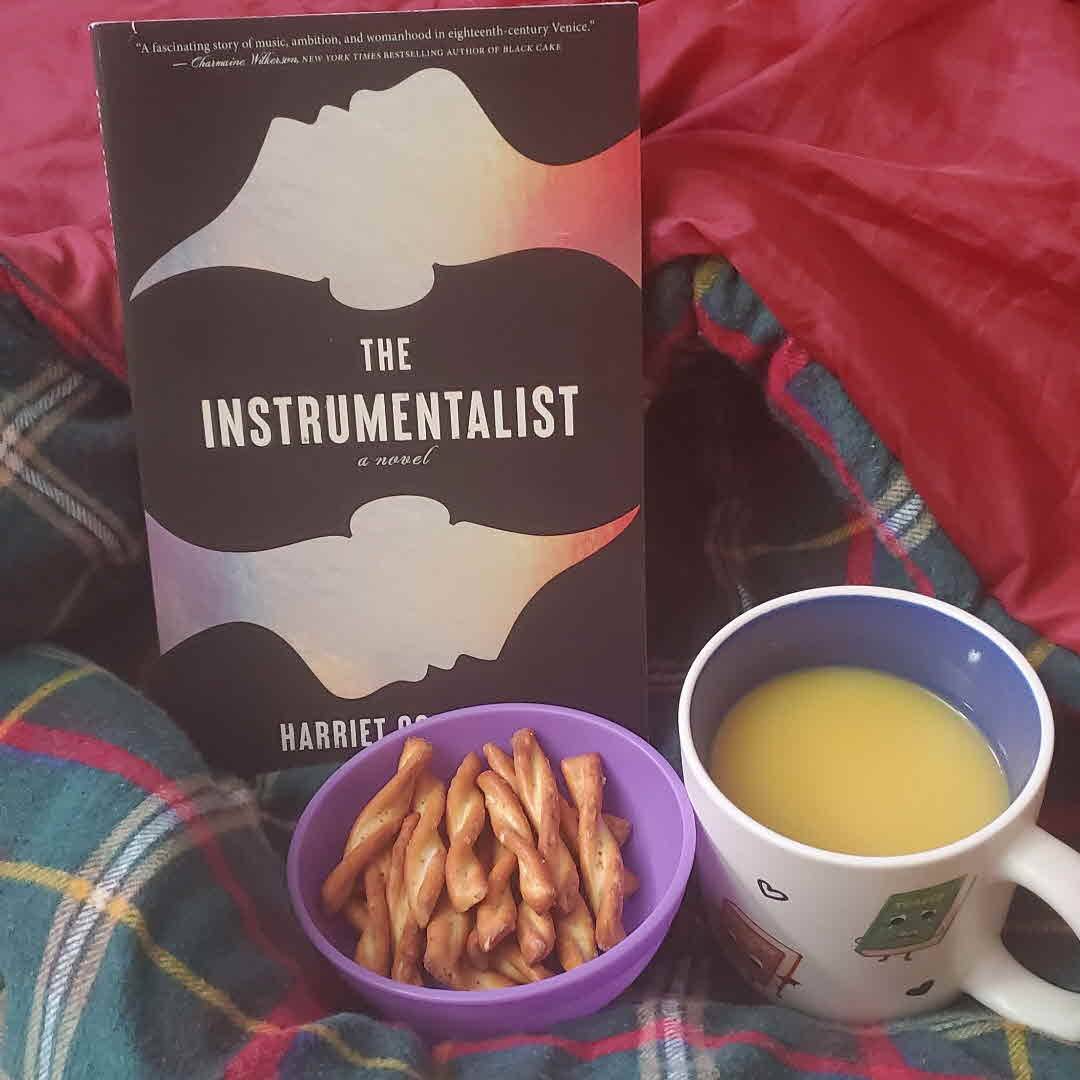
“This is what makes us sublimely human, isn't it? Not unsullied genetic perfection, but when we stubbornly love and honor one another.”
#12BooksOf2025
@TheEllieMo

“This is what makes us sublimely human, isn't it? Not unsullied genetic perfection, but when we stubbornly love and honor one another.”
#12BooksOf2025
@TheEllieMo
Wonderful historical fiction novel! I loved the character Rosanne. A tragic accident took her parents & brother from her at 16. The owners of the orchard where her father worked became her guardians. Rosie was unique and saw colors with sounds. She became pregnant at 17 and was sent to a hospital for ‘treatments‘ which were hoped to cure her seeing of colors. I want to say so much but don‘t want to spoil the book. Tissues required 5/5⭐️⭐️⭐️⭐️⭐️

#Music 🎶🎹🎻🎷🎺🎼🎵
#JuneSpecials ☀️🌸⛱️🦩🍉 🌻🩱🧴🕶️🌊🐚
#BookNerd 🤓📚💙

Read some good books in March - but The Instrumentalist by Harriet Constable takes top spot for the month. I knew nothing about this book as it was a gift so definitely a nice surprise!
Note: Not my template - off Pinterest.
#ReadingBracket #ReadingBracket2025 #BookBracket2025 #BookBracket

While probably more fiction than historical fiction, this book captured me. A story about Anna Maria della Pieta and her journey with music. There is not much known about her but I think the author did well in writing a story around what is known about her. It is mainly a story about her and how she sees, feels and senses her music. The descriptions of colours blended with music are inspiring.
#DoubleSpin @TheAromaofBooks

Continuing this book while our littlest attends her first birthday party without me 😭. She is quite shy so staying near by in the car in case she wants to leave early. And yes the snow has been gone for a couple of weeks and now this is what it looks like after last night's dumping 🙁
I'm loving this book so far. The descriptions of how she sees music are beautiful! I've been fully transported into the book and I just want to keep reading!

Tonight seems like a great evening for a book and snack. Going to start the tagged book with some buttery herb and garlic pretzels and an orange juice. Nothing beats a book and a snack when your heading back into winter weather after getting a tease of spring weather! I don't know much about this book but fingers crossed it's a good one.

Have YOU read this book?
Beautifully written with the main character, Rosanne, who you will love and who will pull at your heartstrings.
ONLY THE BEAUTIFUL is another marvelous, marvelous read by Susan Meissner that fans will not want to miss and one I didn‘t want to put down.
Enjoy, and have some tissues ready!! 5/5
FULL REVIEW: https://tinyurl.com/3ekxzb8s

My Christmas book haul for 2024. It was another year of getting very little reading done because it was just so busy. Kind of crazy how a new job combined with kids growing up and joining more activities can take over your life. Now that things have settled a bit, I'm hopeful that I will have more time to read in 2025! I've joined way too many challenges to try and push myself to read more 😆.
#ChristmasBookHaul #BookHaul #Gifts #2024